Tak’alik Ab’aj: A Nexus of Olmec and Maya Civilizations
Tak’alik Ab’aj, translating to “Standing Stone” in the local K’iche’ Maya language, is a pre-Columbian archaeological site located in Guatemala. Its significance lies in its long history, spanning from the Early Pre-Classic period (1000-800 B.C.) through to the Post Classic period (900-1200 A.D.), and its role in the apparent cultural transition from Olmec to Maya civilizations. This transition is evident in the site’s monuments, architectural styles, and artifacts.
Get your dose of History via Email
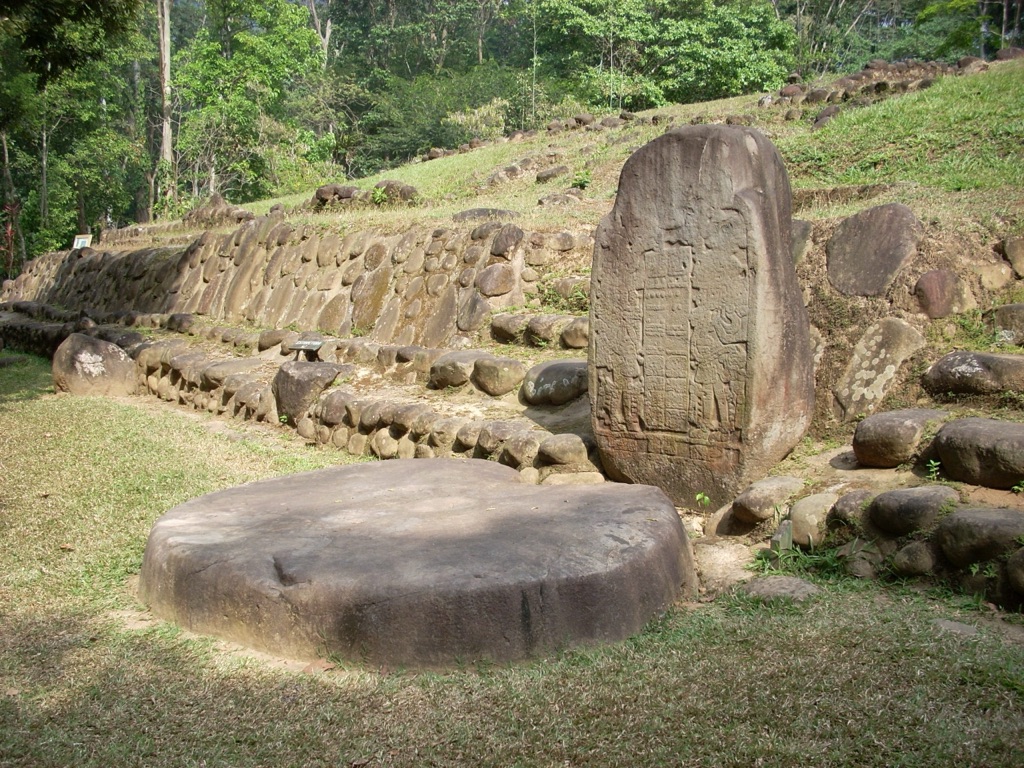
Location and Economic Significance
Situated along the Pacific Slope, Tak’alik Ab’aj was strategically positioned within an early trade network that connected the Olmec center of La Venta on the Gulf coast to various sites down to Chalchuapa in El Salvador and up into the Guatemalan Highlands. This area, known for its fertile lands between the Sierra Madre and the Pacific Ocean, was a principal cacao-producing region. Cacao, alongside obsidian, ceramics, salt, and maize, were crucial trade commodities, with cacao seeds being an early medium of exchange.
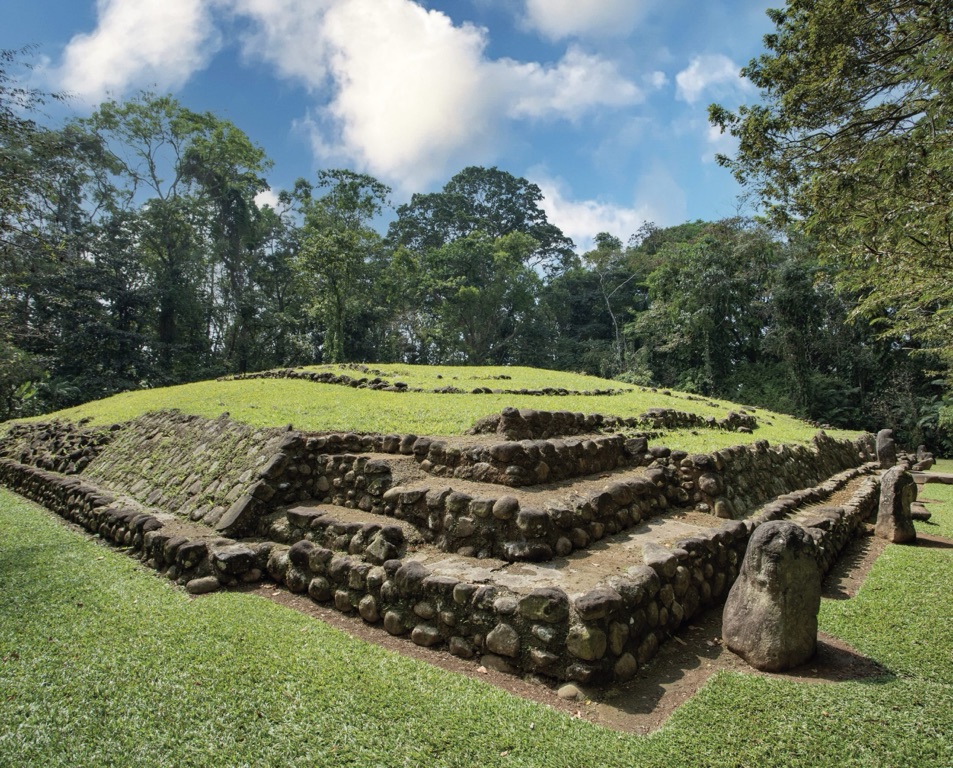
Architectural and Artistic Highlights
Tak’alik Ab’aj is distinguished by its extensive collection of Olmec-style sculpture, the largest outside the Olmec Gulf Coast homeland, indicating strong Olmec influence during its early history. The site encompasses four main architectural groups built upon 9 terraces, featuring over 70 structures and 200 stone sculptures, including stelae, altars, and tombs. Notably, six jade mosaic funerary masks have been recovered, alongside an advanced drainage system dating back to the Pre Classic period.
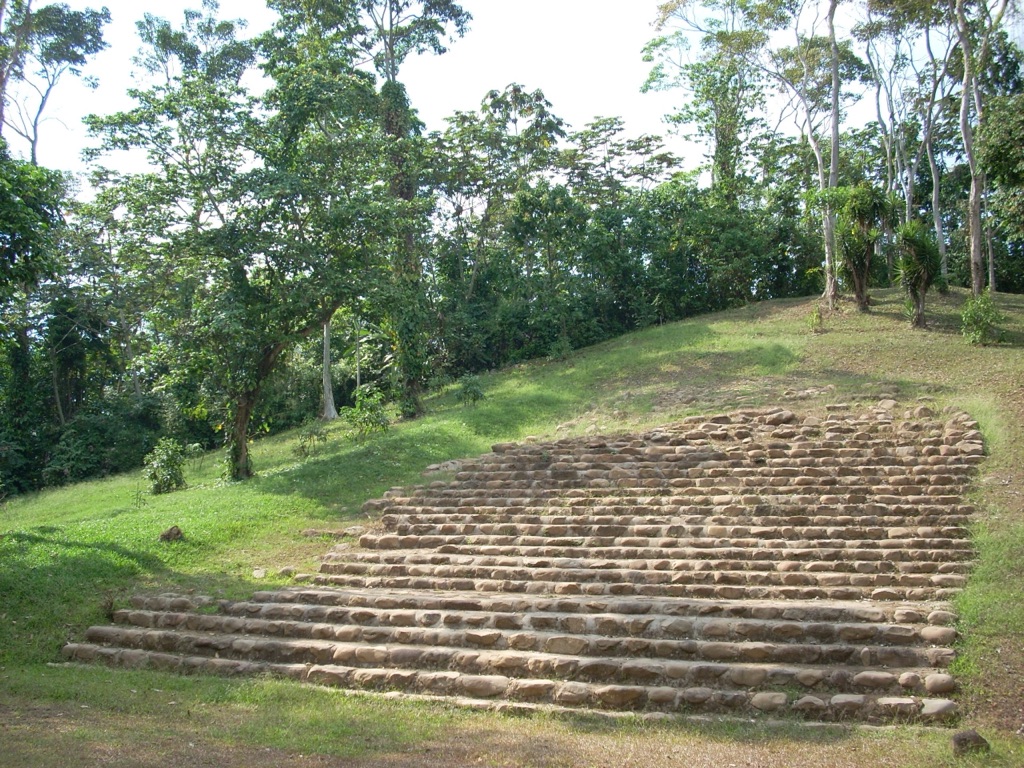
Historical Overview
The initial settlement of Tak’alik Ab’aj dates back to the Early Pre Classic period, with significant development and expansion observed from the Middle Pre Classic period onwards, influenced by the Gulf Coast Olmec centers of San Lorenzo and La Venta. The site’s zenith was reached during the Late Pre Classic period as a major trade center. The Early Classic period saw a decline in building activities and a shift in trade routes to the Guatemalan Highlands, influenced by contact with Teotihuacan in Central Mexico. However, building activity resumed in the Late Classic period, with the site experiencing a decline towards the end of this period, similar to other Southern Maya centers.
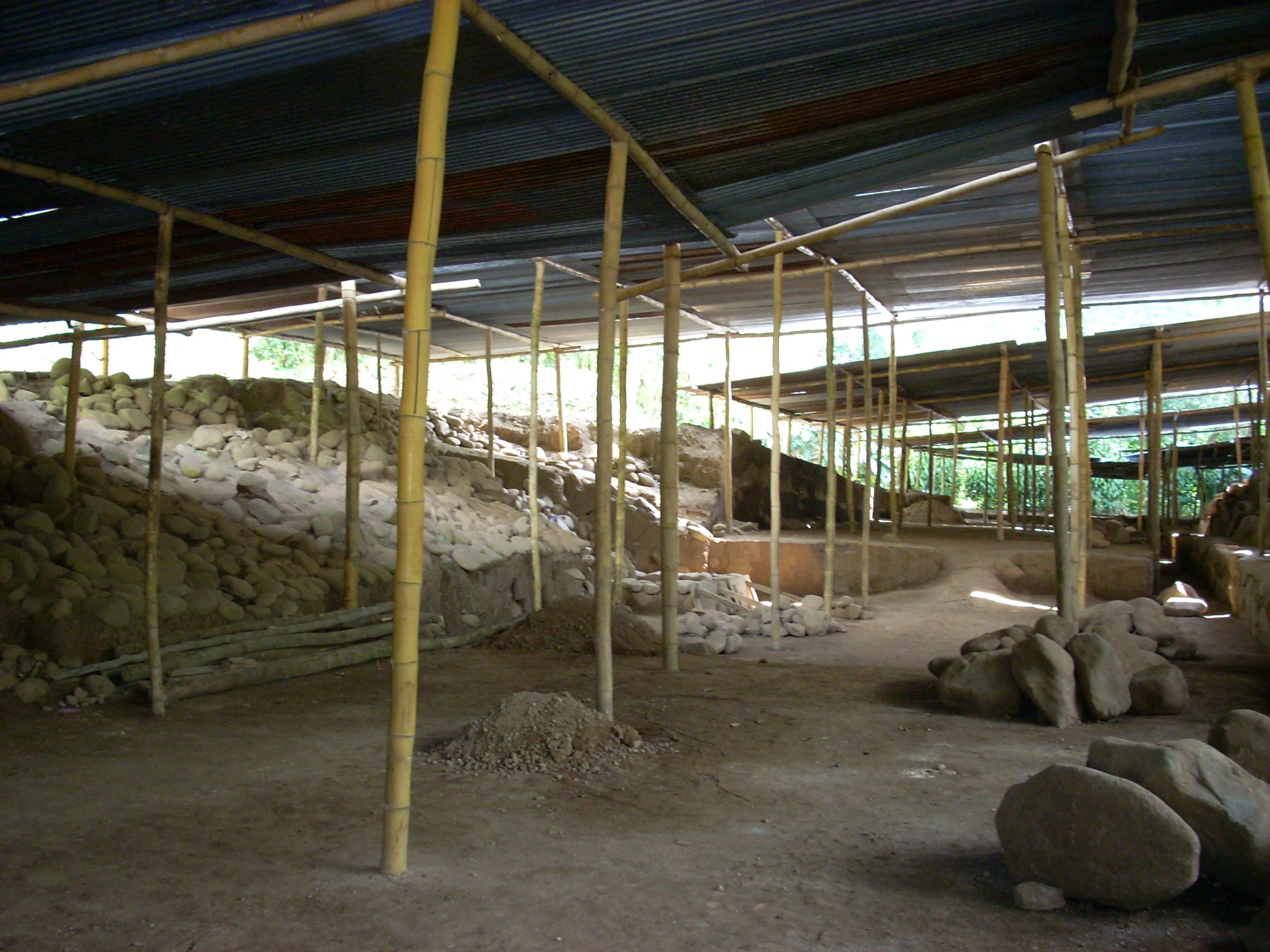
Exploration and Research
The first reference to Tak’alik Ab’aj was made by Gustav Bruhl in 1888, with subsequent studies conducted by various researchers, including Walter Lehmann in 1902 and Eric Thompson in 1942. Current investigations are led by the government of Guatemala, with ongoing discoveries of new sculptures.
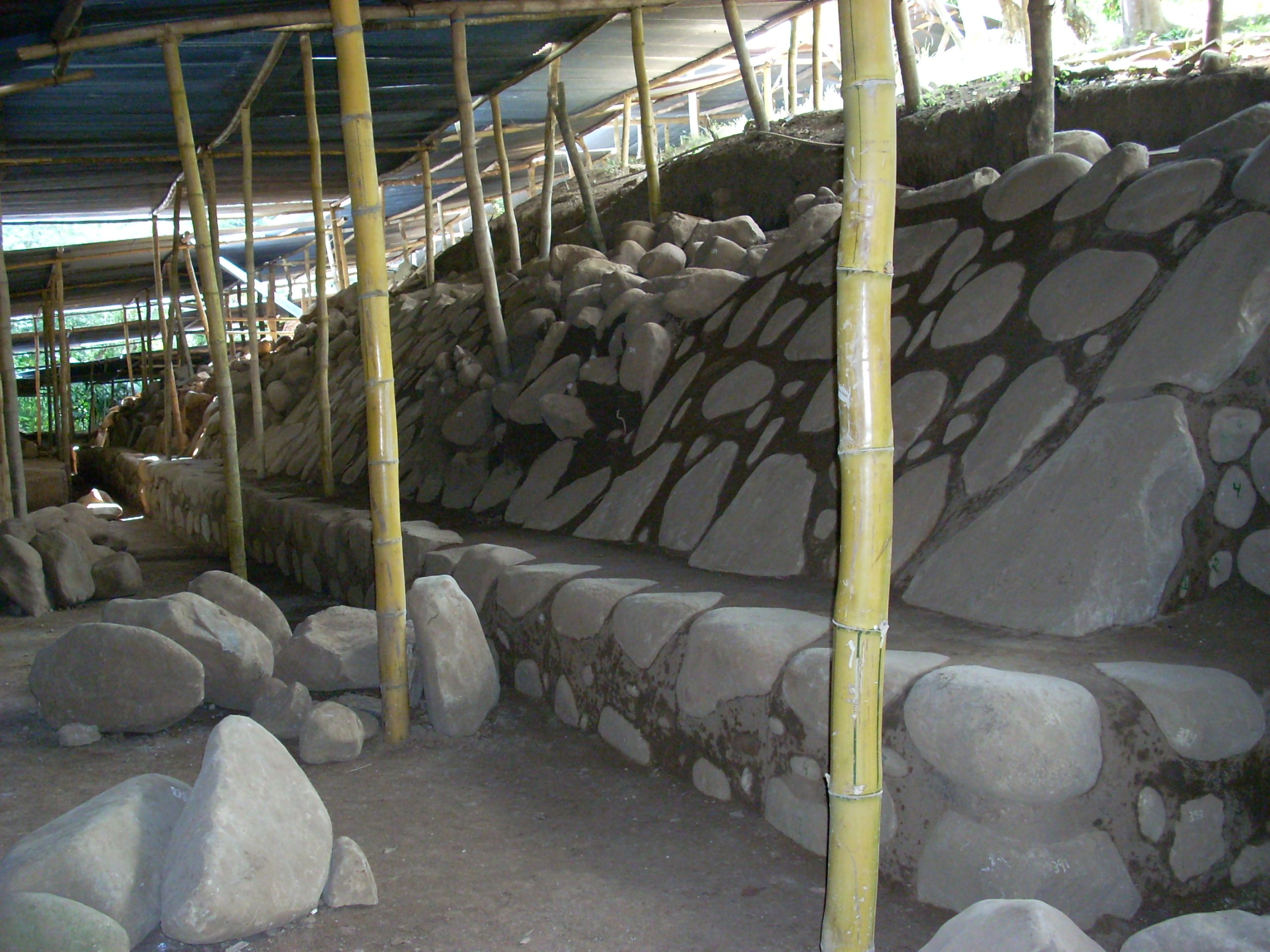
Conclusion
Tak’alik Ab’aj stands as a testament to the complex interactions and transitions between the Olmec and Maya civilizations. Its rich history, evidenced by its architecture, sculptures, and artifacts, provides invaluable insights into the early development of Maya culture and the broader Mesoamerican trade networks. The site’s designation as a UNESCO World Heritage Site in 2023 underscores its global significance as a cultural heritage site, offering a window into the ancient past of the Americas.
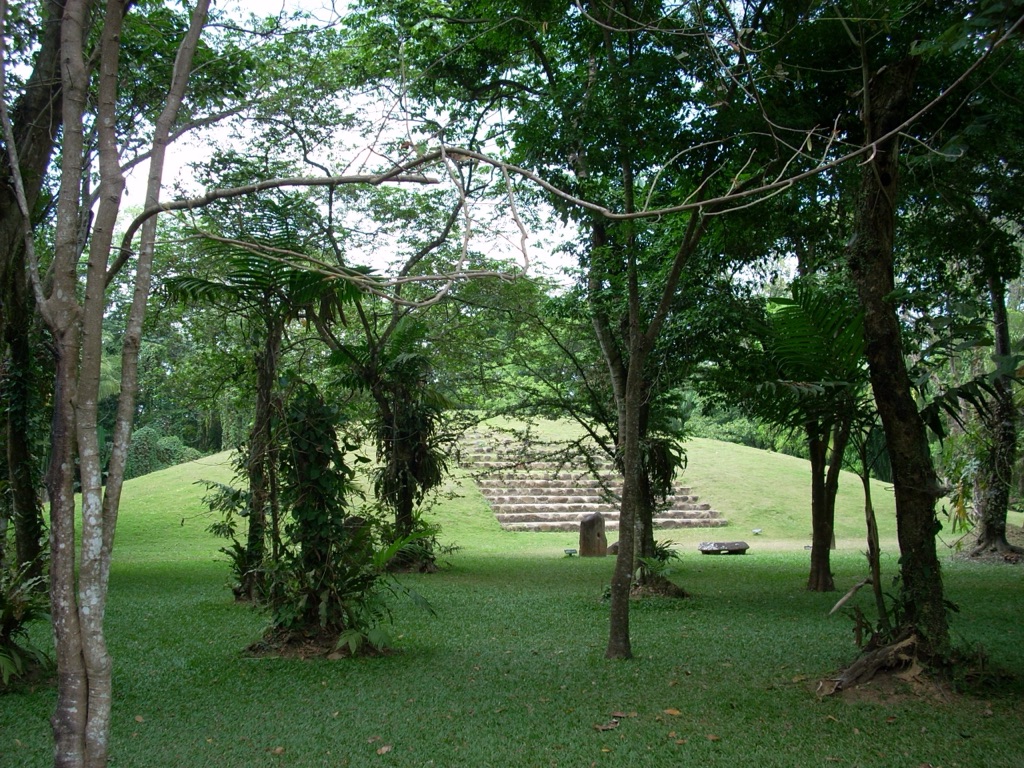
Sources:
Wikipedia
The Maya Ruins Website

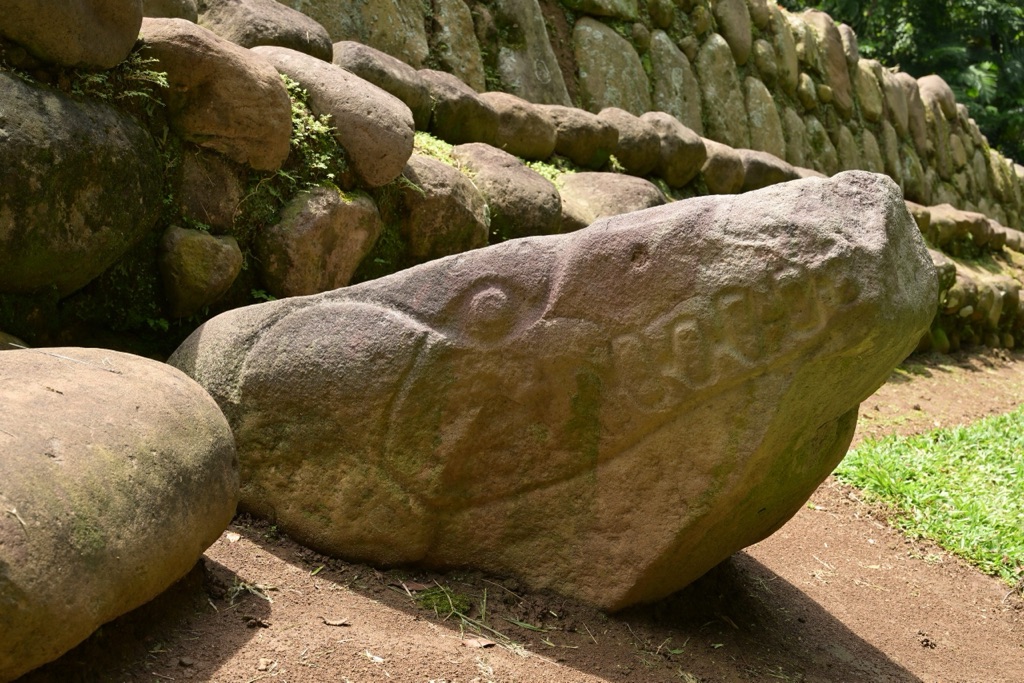
Fantastico sitio olmeca!
Sería muy interesante tener información de como evolucionaron los Olmecas, hasta convertirse en el gran Imperio Maya .
Creo que la jadeita encierra el Mysterio, ya que solamente estás culturas realmente dominaron el arte de la joyería y lapidaria en piedras tan finas y exquisitas.
Gracias por el reportaje que es muy ilustrativo he interesante.
Saludos desde México.